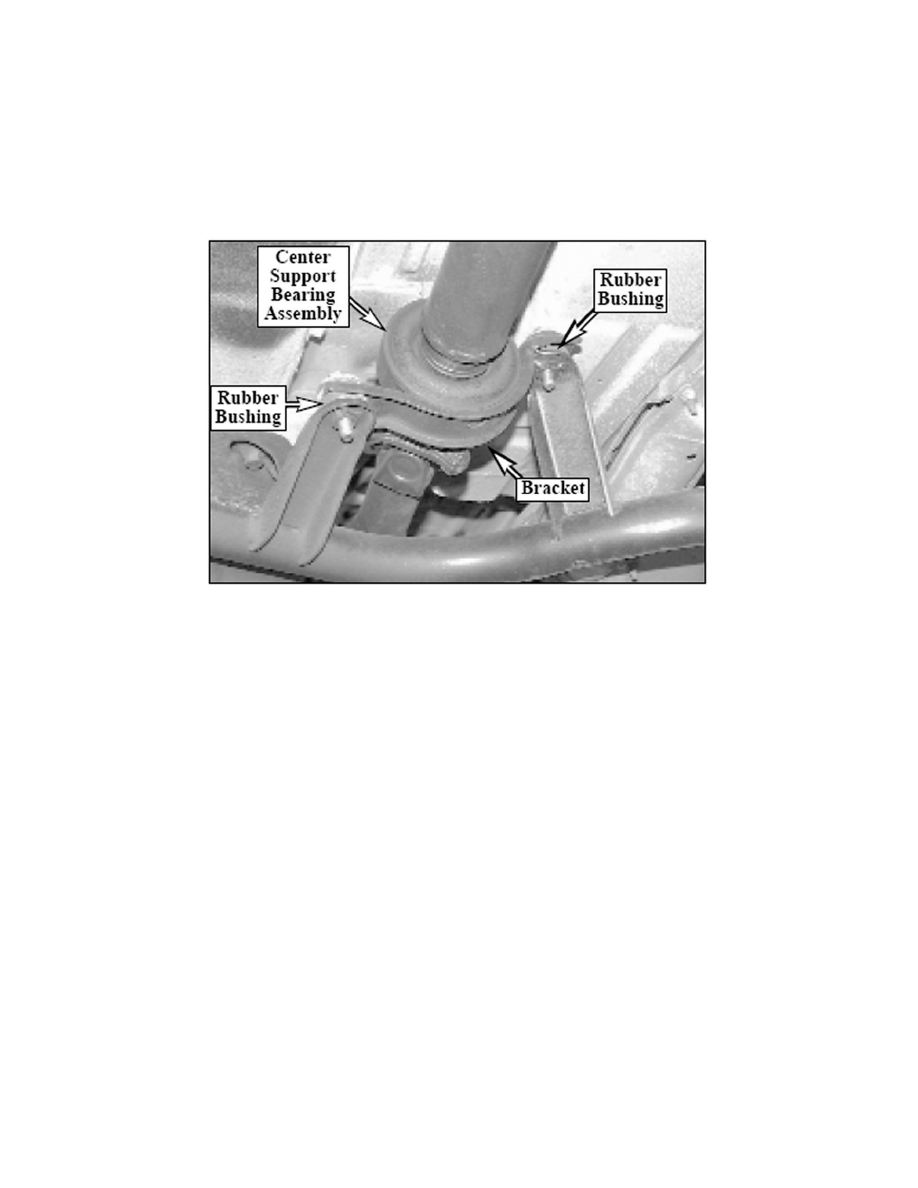Sportage 2WD L4-2.0L DOHC (1996)

Drive/Propeller Shafts, Bearings and Joints: Technical Service Bulletins
Drivetrain - Driveline Take-Off Shudder
SOURCE: Kia Technician Times
TITLE: 2-Wheel Drive Take-Off Shudder
APPLIES TO: All 2WD Sportages
SERVICE TIP:
All 2 wheel drive Sportages are susceptible to driveline shudder; it is more evident on vehicles with automatic transmissions. The shudder usually occurs
under hard acceleration from a stop. Shudder is a normal characteristic of all two-piece driveshafts. Under acceleration the differential tries to rotate up
at the pinion flange. As the differential tries to rotate, it causes the 2 piece driveshaft to shake slightly causing the shudder. There is no way to completely
eliminate take-off shudder. If the customer complains about take-off shudder, inspect the driveshaft for worn universal joints or worn slip yoke splines.
Make sure the driveshaft is not bent or dented, and that no balance weights have come off. If the driveshaft is OK, check the center support bearing and
make sure it is installed correctly, the metal support bracket should be down (see photo).
Check the timing of the universal joints, they should be in line on each shaft. Mark the driveshaft to keep it in the same timing as when it was balanced.
Remove it and check the center support bearing to see if it is worn, or if the rubber mounting is in poor condition. Finally, due to spring sag, vehicle
modifications, or driving habits, the driveshaft angle may need to be adjusted. The shudder can be changed by adjusting the center support bearing using
shims. This is done by trial and error. Place an equal number of shims on each side between the frame and the rubber bushings to adjust the center
support bearing. At no time should the amount of shims exceed 1/4 inch of thickness.
